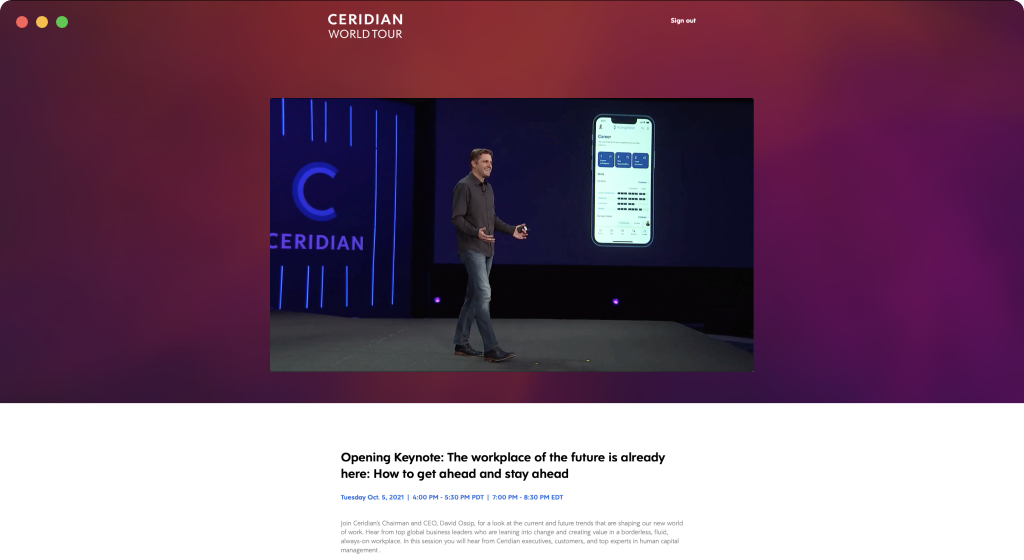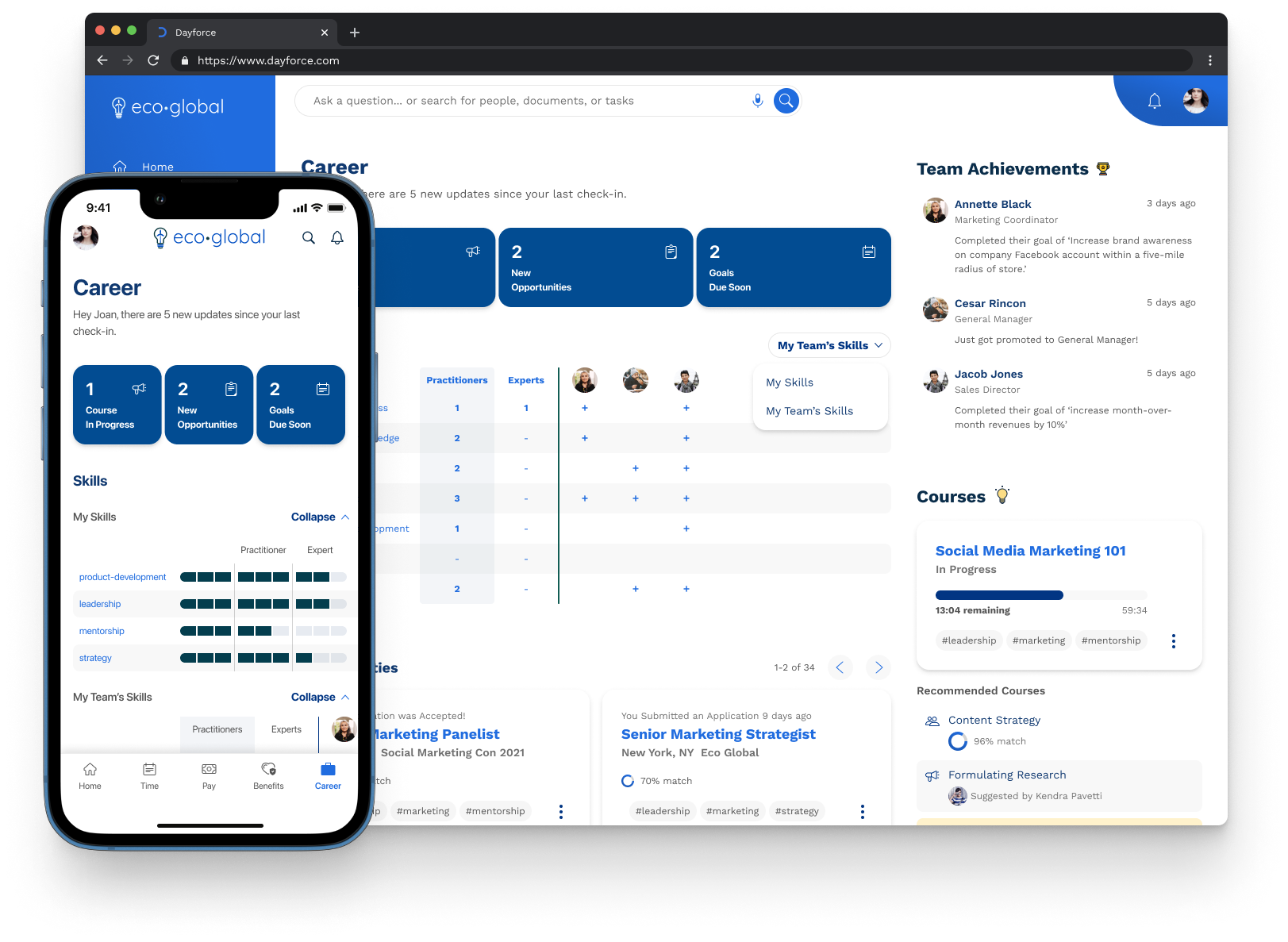Ceridian's executive leadership was looking to modernize its product development process to prioritize the end-user and become a design-led organization.
During this period, the organization saw a massive disruption to its executive leadership team. They identified there were key organizational challenges present and wanted to shift it away from the problems of the past and leapfrog their competition by:
- Moving away from the old feature-by-feature-driven customer-first approach.
- Move towards a research-driven (qualitative and quantitative) end-user-first approach.
That shift put our product development peers in a position of uncertainty. They were inexperienced with this approach and were lost as to how to move forward. That opened up an opportunity for my design team to lead and guide that transition.
Before we go further, I want to highlight that this case study will not cover any final solutions (because of legal disclosure agreements, etc.), but it will be covering how we built a thorough understanding of the problem-space and what actions we took to enable the solution's success.
Our problem: Workers were feeling they had lost their connection to their organization—our customers opening up a big retention risk.
Like with any broken relationship, the problems were always there. However, the COVID-19 pandemic accelerated this trend and escalated the market demand to find a solution.
Our primary goal: Determine what is causing the rift between employer and worker. Identify where alignment needs to happen to save this relationship.
A secondary goal of this initiative was to take those learnings and put them into strategic action. Identify how we can help our customers reduce their retention risk/flight risk.

The first step was setting up the process.
- Conversations were held with stakeholders to understand what they theorized was the cause of the problem. Stakeholders were also asked to map each other along a responsibility assignment matrix with a decider making the final decision.
- Our executive sponsors were presented with a timeline roadmap, which was reviewed and given the green light to proceed.
Now that we understood our internal stakeholder's perspective, it was time to talk to our end-users and put our theories to the test.
With a couple of theories and a discussion guide in hand, our research effort consisted of a mixed methods approach (qualitative and quantitative):
Qualitative: 1 hour sessions with participants focused on identifying values and expectations around the concept of work.- 6 full-time workers
- 5 non-full-time workers (i.e. contractors, gig workers, freelancers...)
- 5 HR Leaders
- 2 Direct Managers
- 50 full-time workers
- 50 non-full-time workers
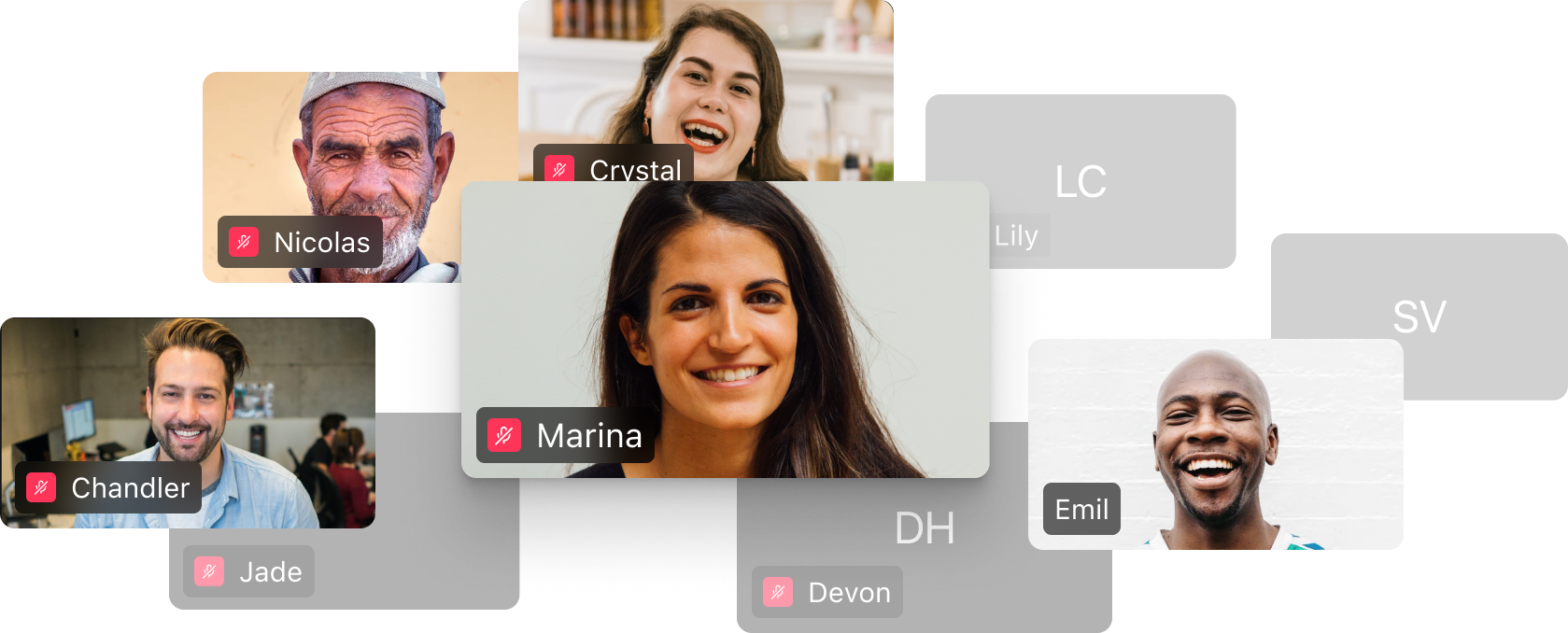
Results from the research identified misalignment between worker/employer across 4 key areas:
- Employers are unable to both react to an influx of new demands in the present and look-ahead to create the employee-experience framework of the future.
- We have seen a glimpse of what it looks like when employee wellbeing comes first; however employers aren't equipped to maintain this new normal, retreating to what they know.
- Without a mechanism to ground employers in their employees' career aspirations, employers are missing opportunities to chart a meaningful path for both parties.
- In the aftermath of COVID-19, employers are not only missing opportunities to reconnect employees to each other, but also to a collective sense of purpose.
Employers were challenging the physical, financial, social, career, & community well-being of workers. COVID-19 simply "broke the camel's back". Now that we had the knowledge our top priority was to prevent a disconnect between knowing and doing.
With sufficient knowledge to move forward, we took our learnings and put together a strategic action plan.
It is often too easy for an organization to learn something but take limited next steps to address them. We challenged stakeholders (i.e. How Might We statements) to identify opportunities where we bring meaningful change and prioritized them against a timeline roadmap.
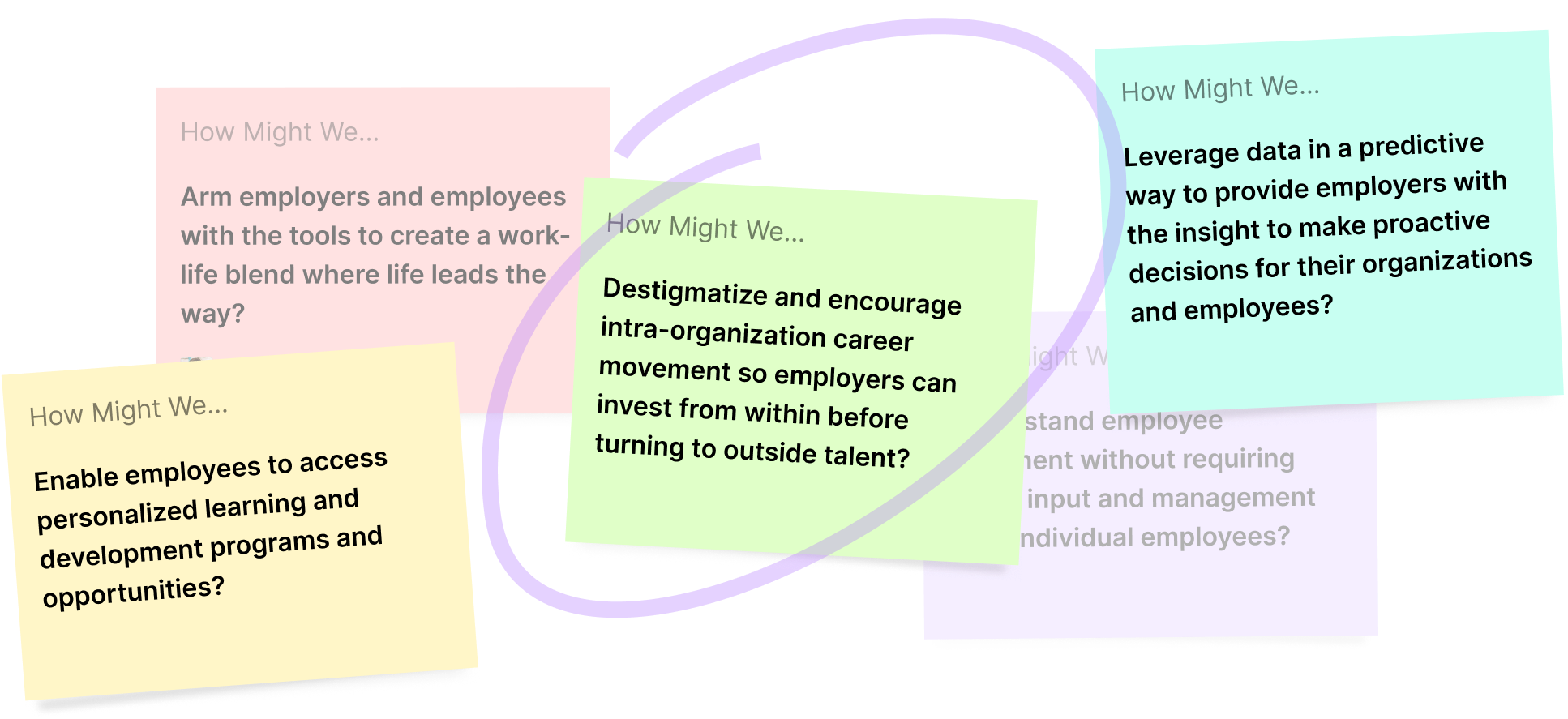
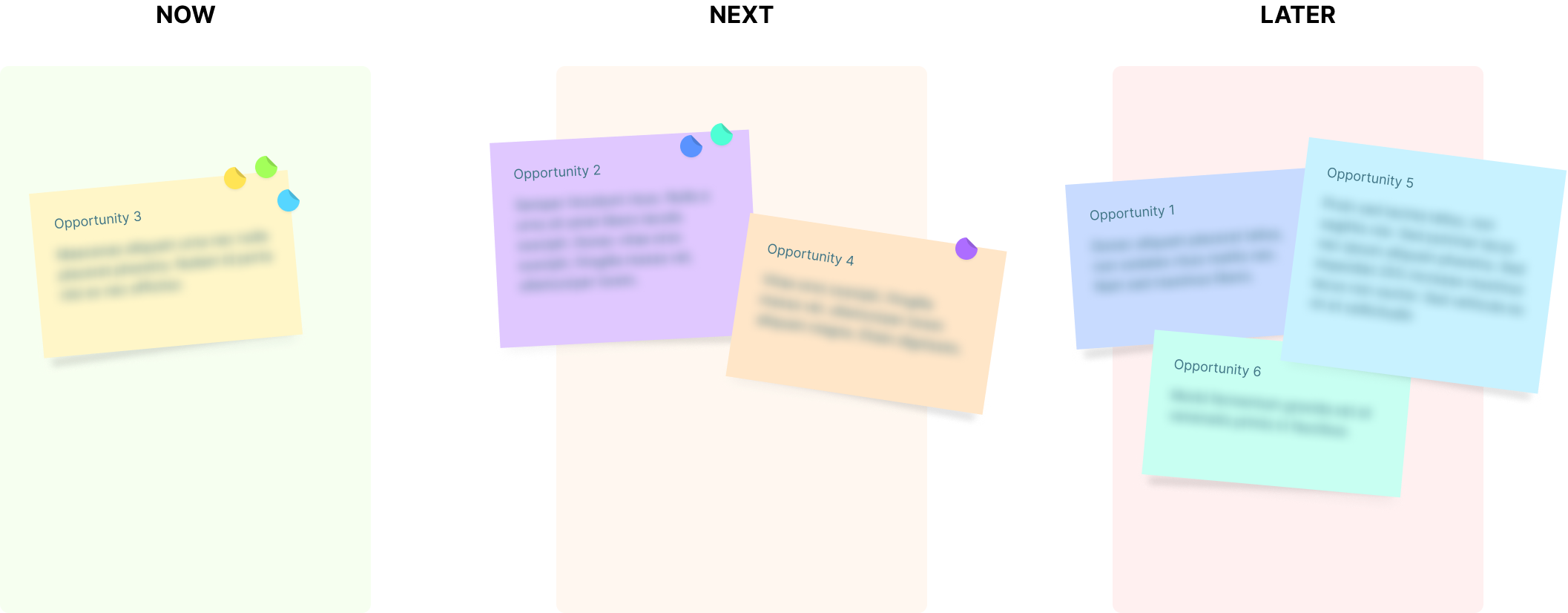

As mentioned at the top, this case study will not cover any of the opportunities/their final solutions (because of legal disclosure agreements, etc.). What I can share is that the research efforts carried long-term value beyond the scope of guiding us to opportunities.
Some benefits included:
- Informing future interview screener questions.
- Supplementing our user personas.
- Being a point of reference when service mapping/service blueprinting.
- Influence what success metrics/summative research should look like when a solution is released.
The biggest immediate benefit of our research efforts was what it did for our contribution to Ceridian's annual conference.
Product development of a solution was still in its infancy, but we had an annual conference coming around the corner. Part of this annual conference has our executive leadership presenting the future vision and direction of the product.
That meant showing our customers a preview of what we have in the pipeline.
What was initially meant to only be a minor piece of a mid-week breakout session soon became part of the opening keynote. Aligning our concepts closely to the original mandates we were given by executive leadership (i.e. research-driven, end-user-first, mobile-first, etc.) just about guaranteed this would happen.
